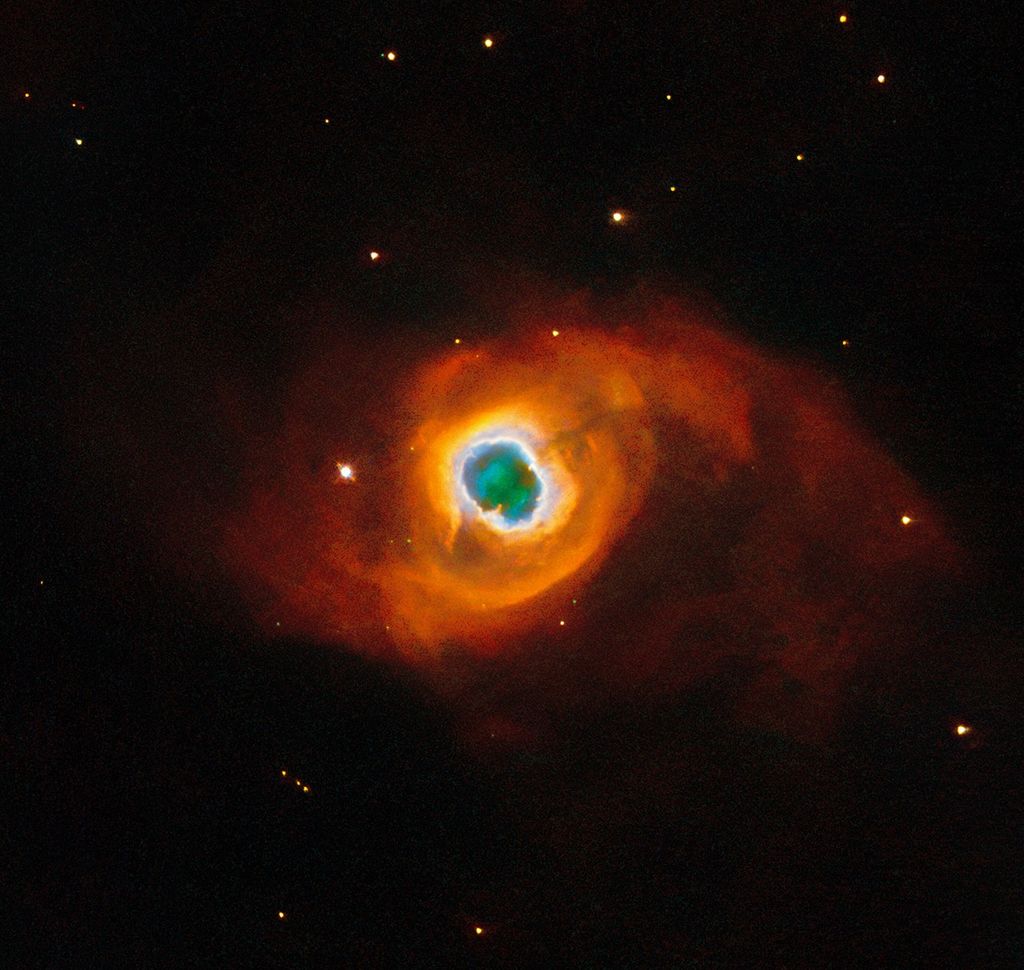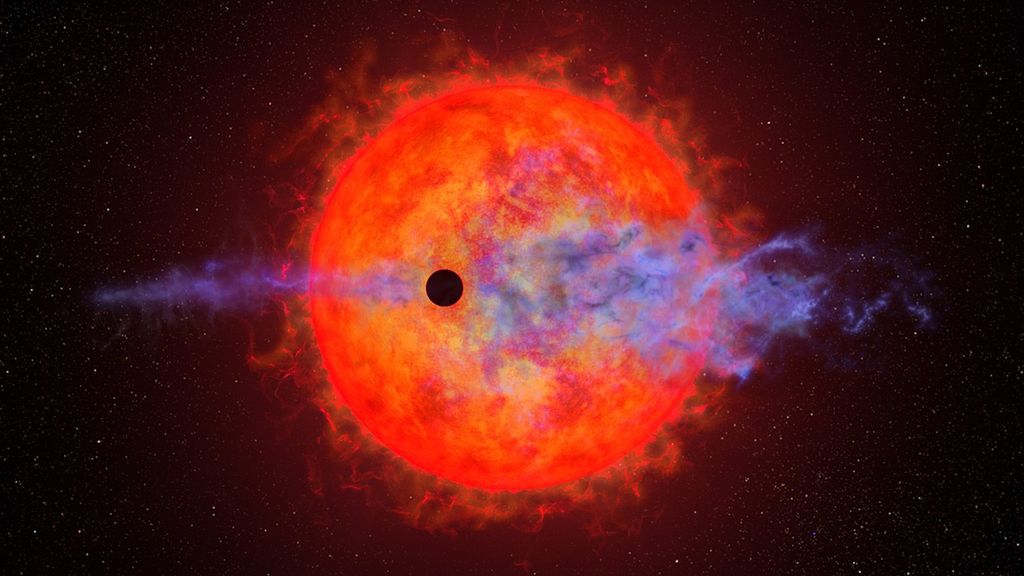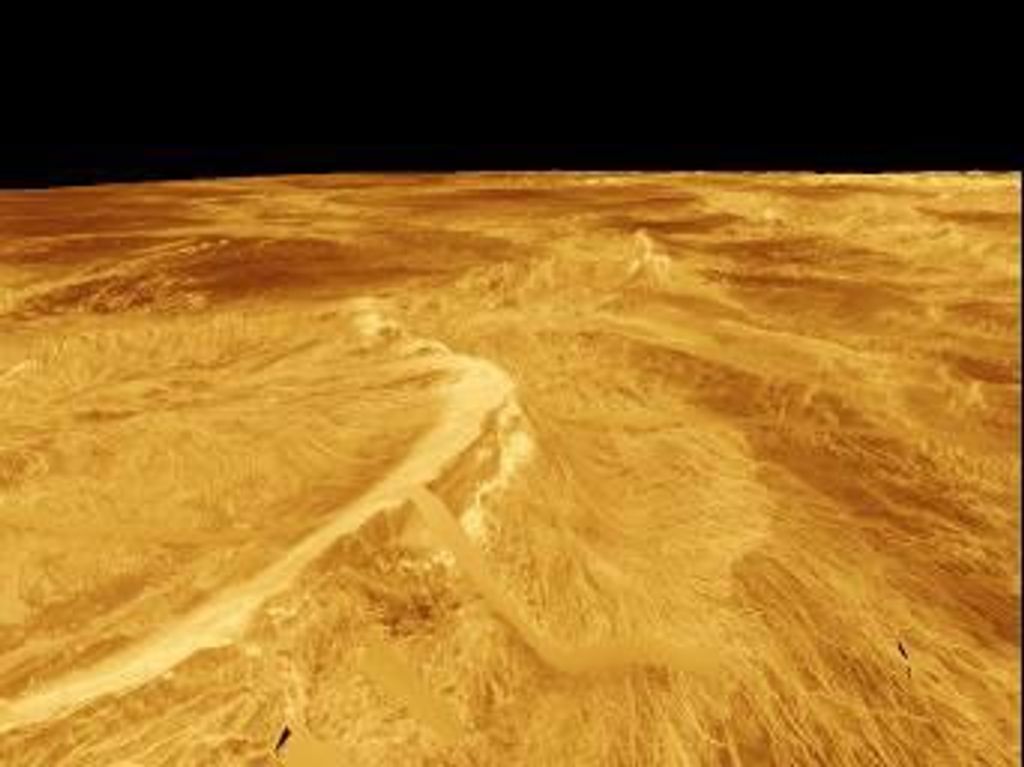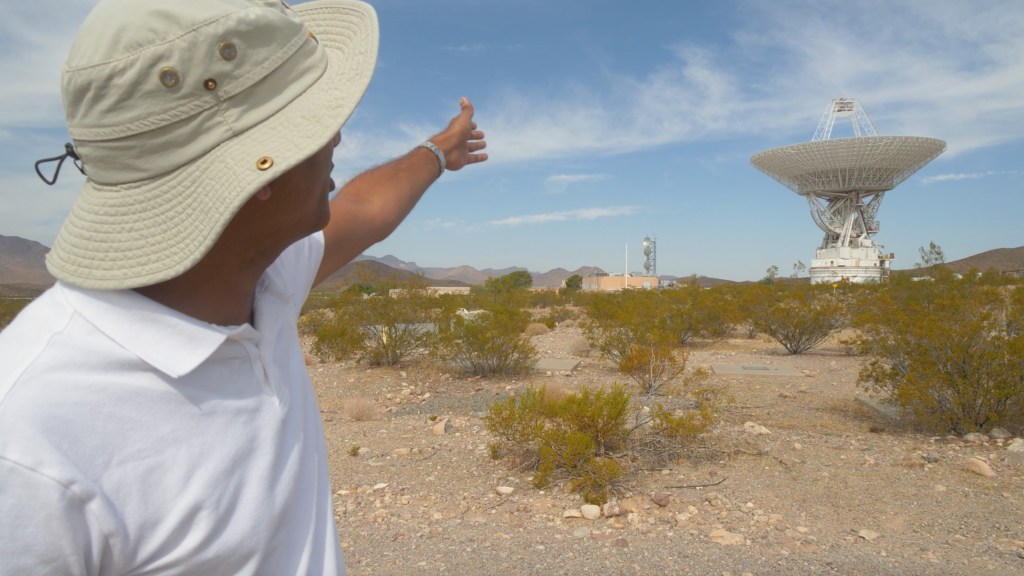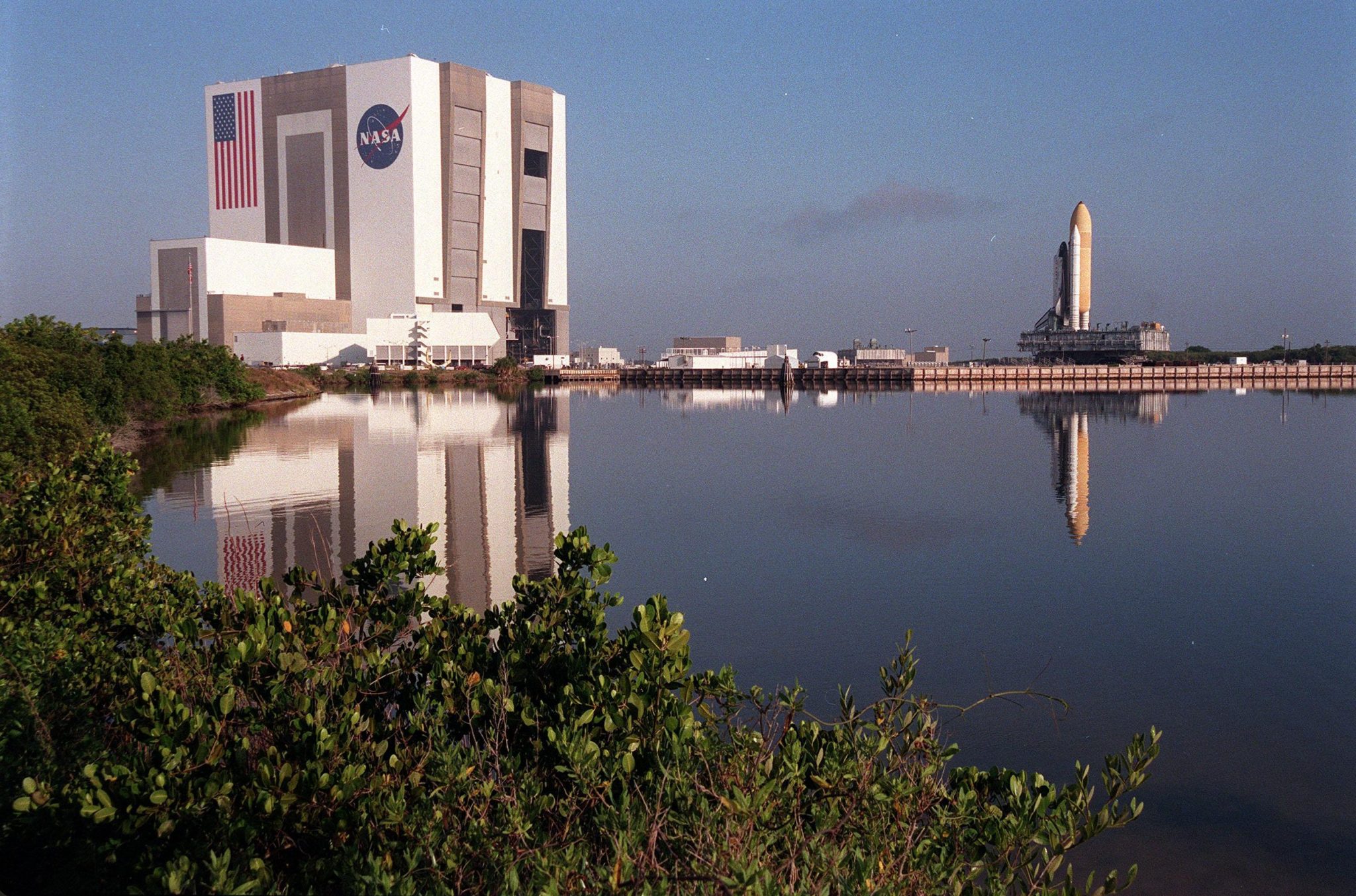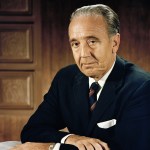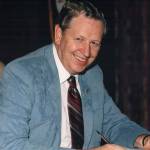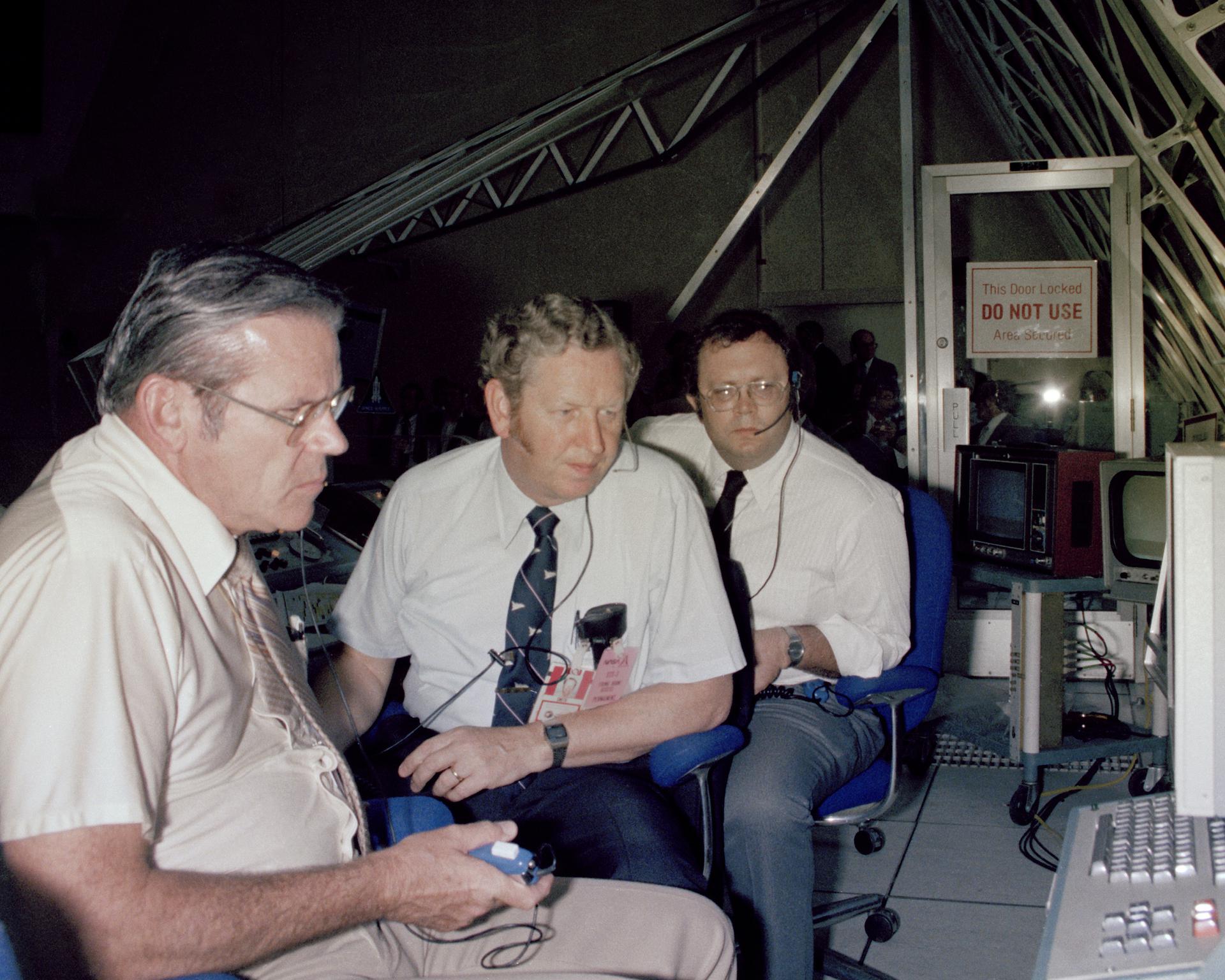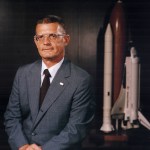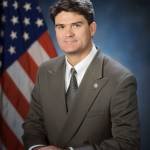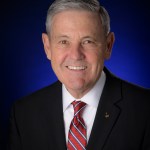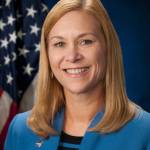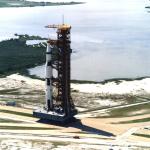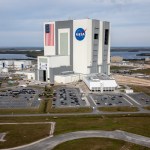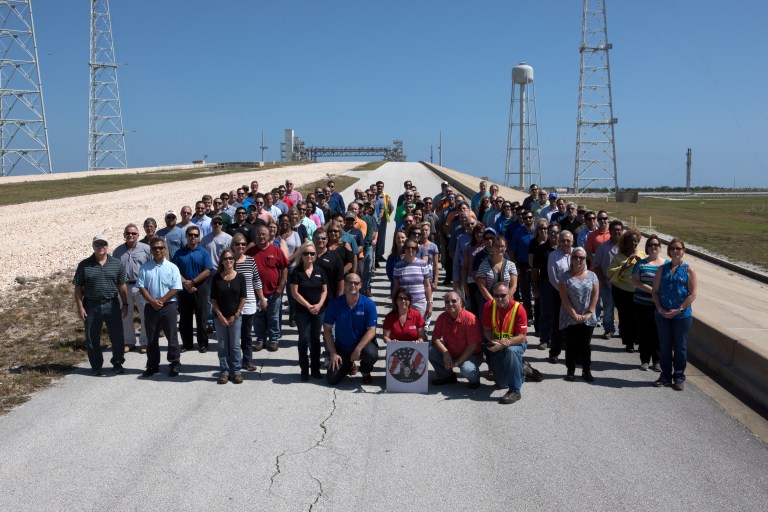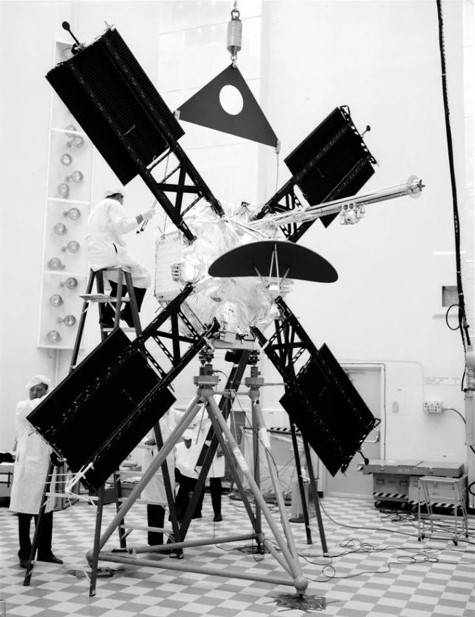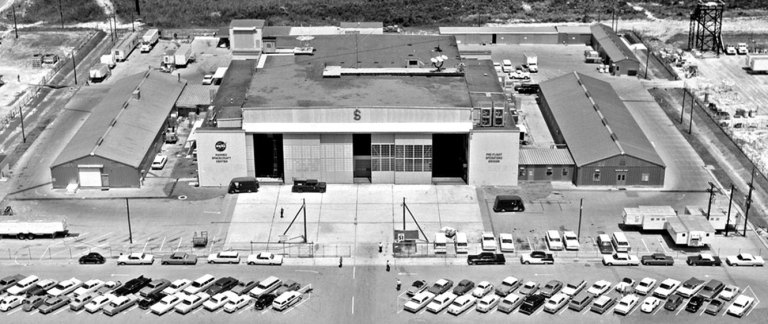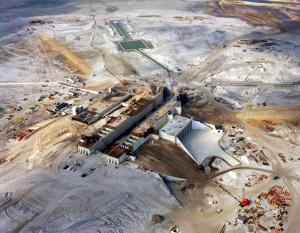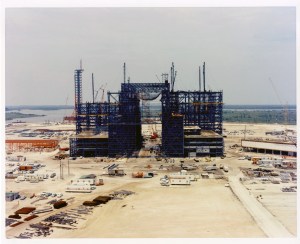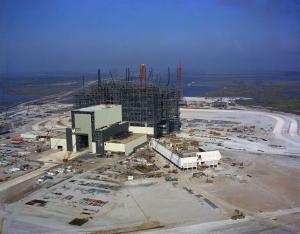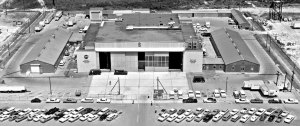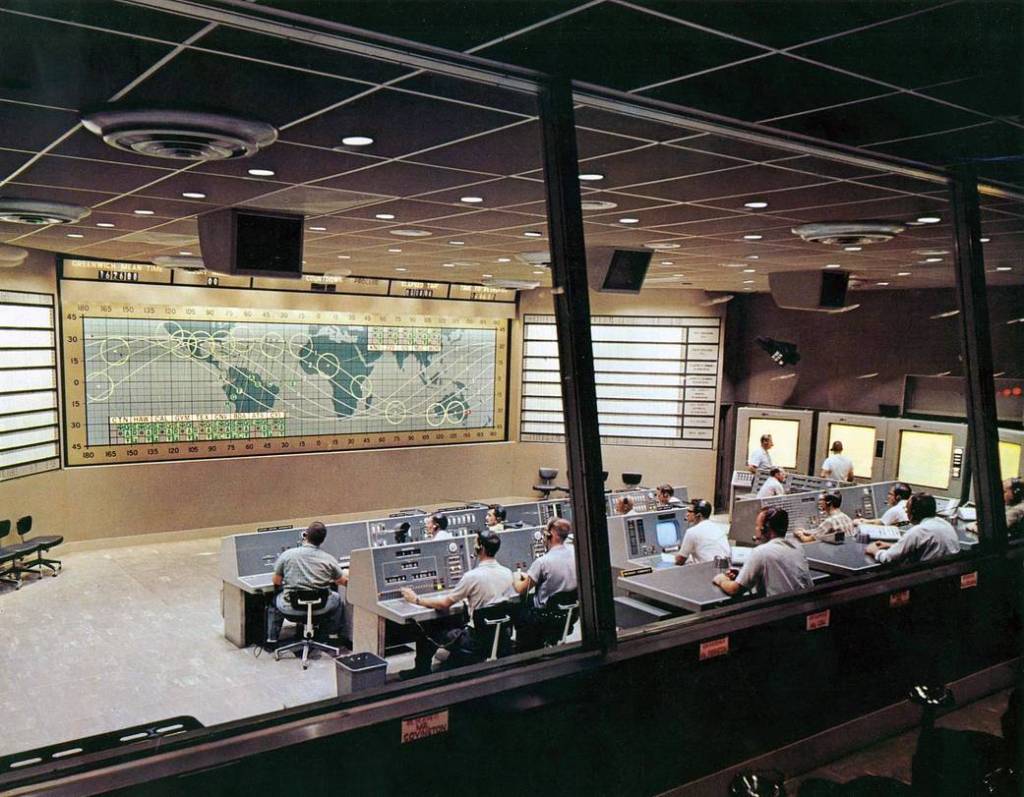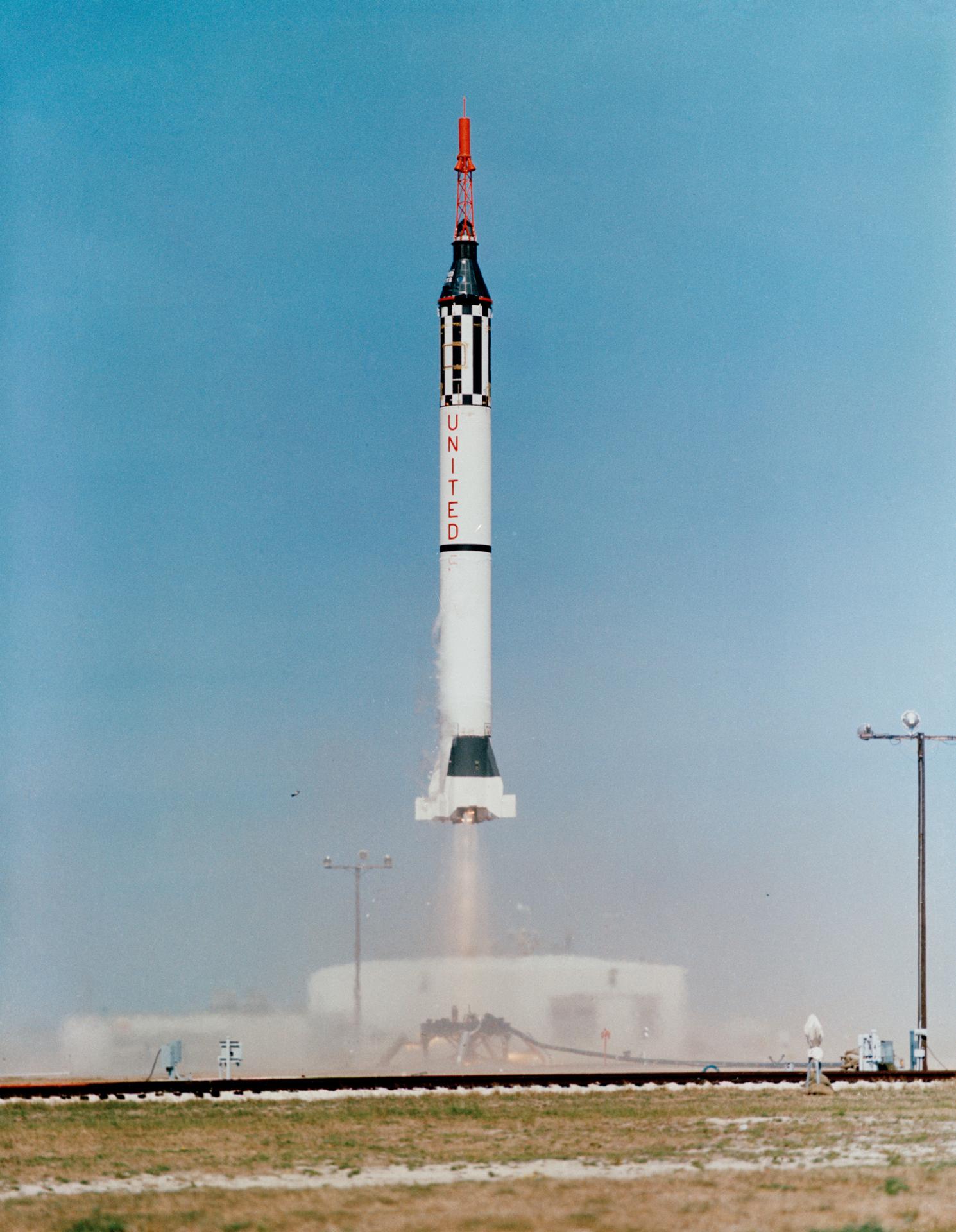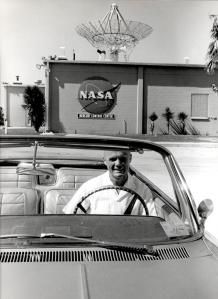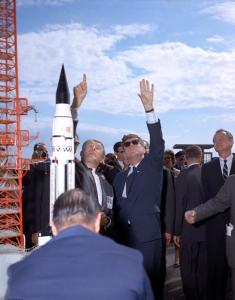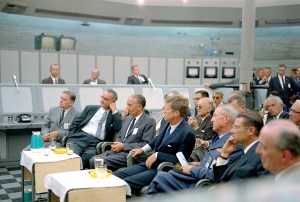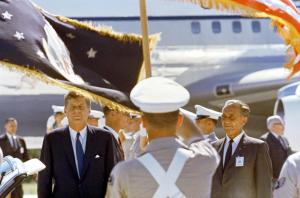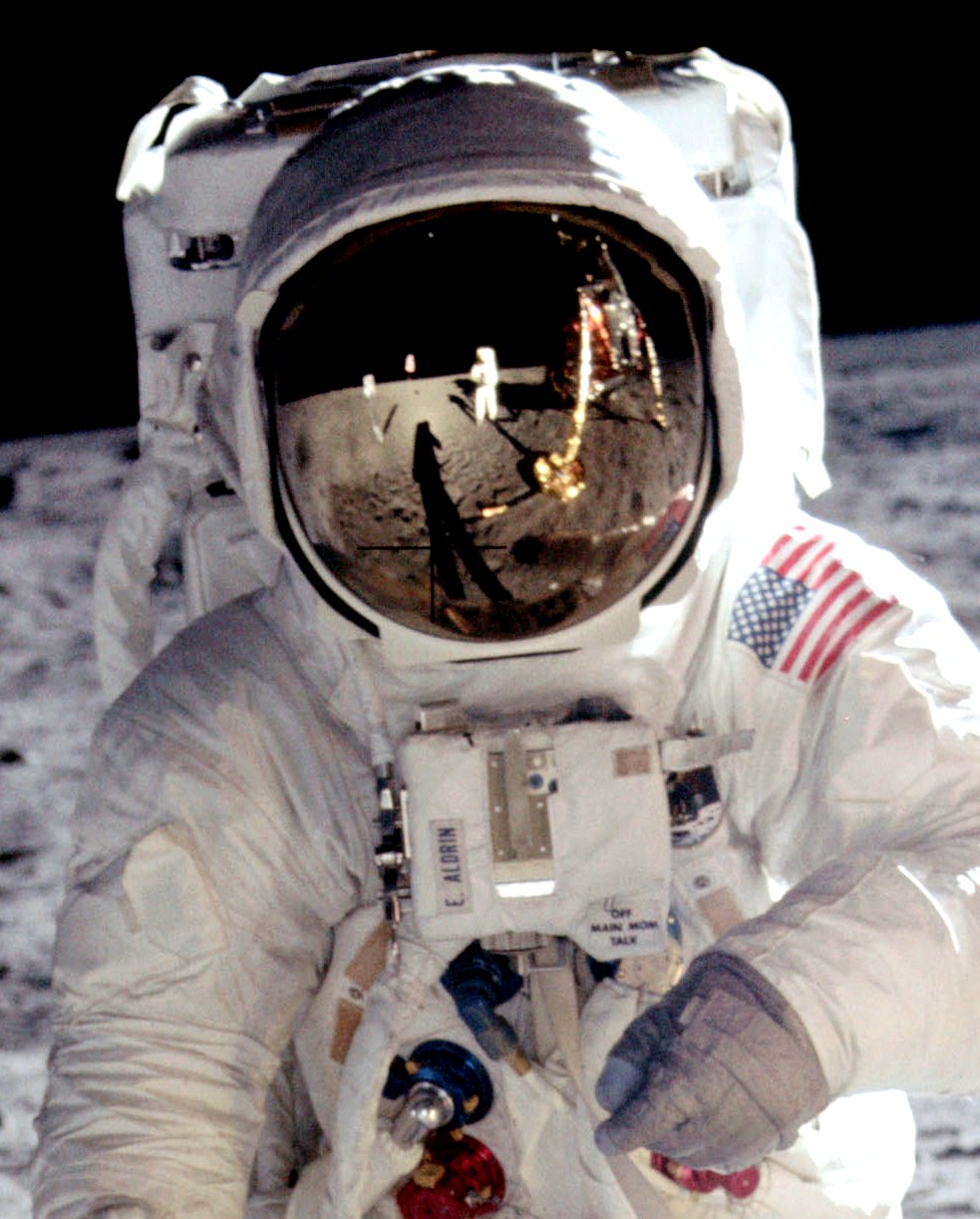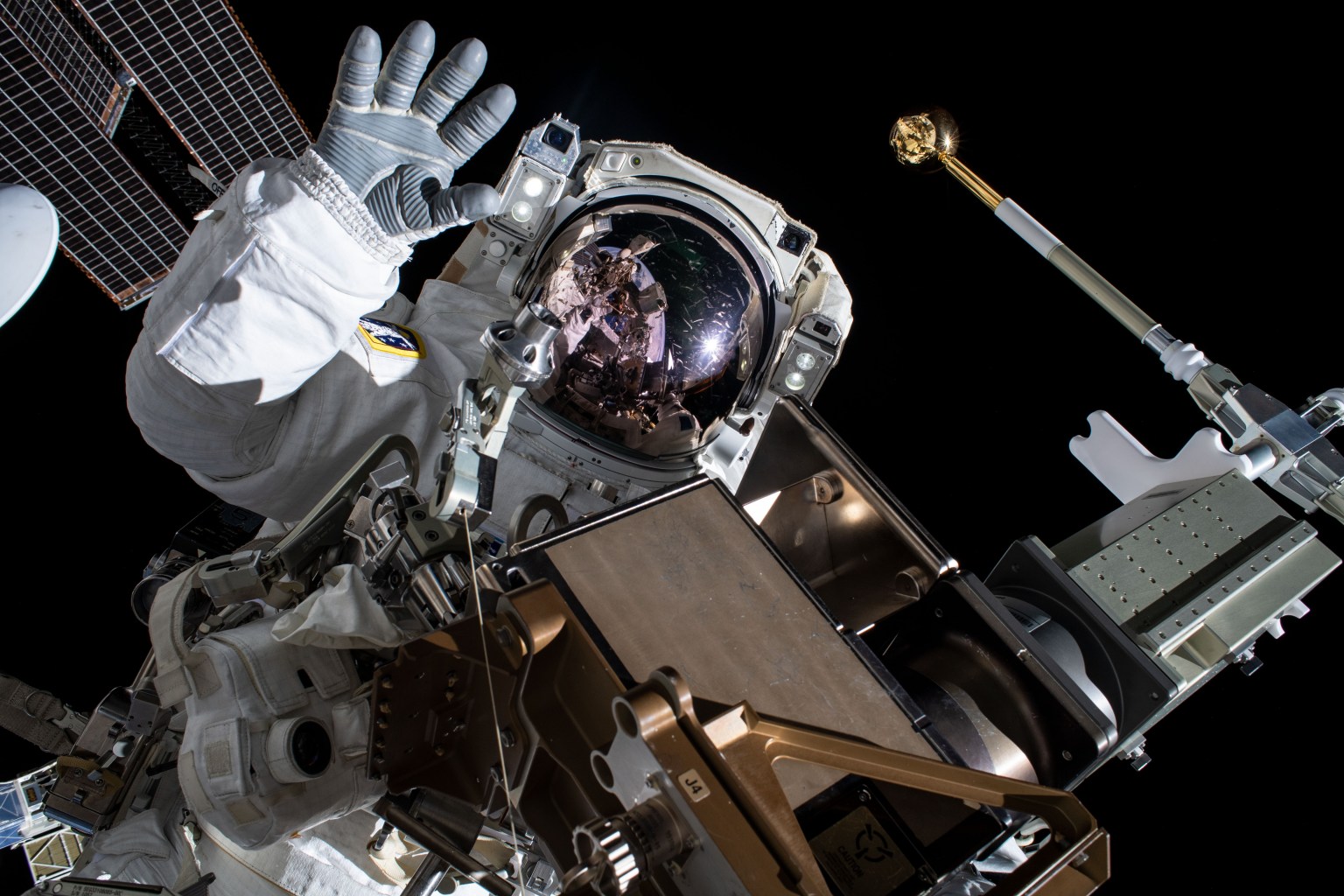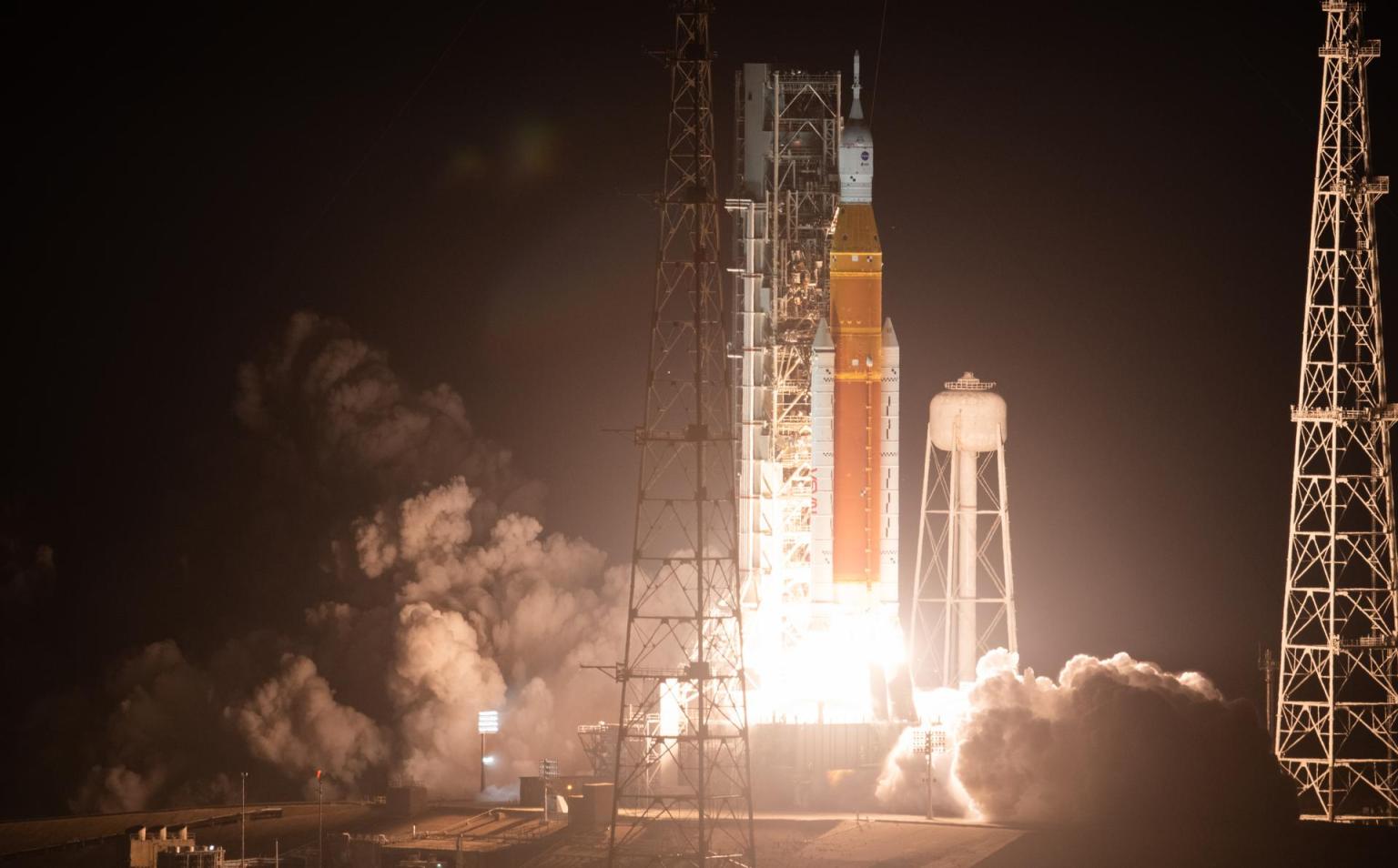Kennedy Center Directors, 1961–present
On July 29, 1958, President Dwight D. Eisenhower signed Public Law 85-568 that established the National Aeronautics and Space Administration (NASA). Dr. T. Keith Glennan was sworn in as the first administrator of NASA on Aug. 19, and on Oct. 1, the new agency began operation with the mission to perform civilian research related to space flight and aeronautics.
On Sept. 1, 1961, NASA requested appropriations for initial land purchases on Merritt Island to support the Apollo Lunar Landing Program. This land eventually became the Kennedy Space Center (KSC) we know today. The first request was for a 200-square-mile area immediately north and west of existing Cape Canaveral launch pads. On March 7, 1962, the Launch Operations Center (LOC) was established as an independent NASA field center located on Merritt Island. In November 1963, President Lyndon Johnson designated the facilities of the Launch Operations Center and Station No. 1 of the Atlantic Missile Range as the John F. Kennedy Space Center. The Air Force subsequently changed the name of the Cape Canaveral Missile Test Annex to Cape Kennedy Air Force Station.
KSC first began making its mark on the Merritt Island side of the Banana River after acquiring property there in the early 1960s. Designers quickly began developing plans for Launch Complex 39 facilities which include the Launch Control Center, Pads A & B as well as the huge hangar we know as the Vehicle Assembly Building (VAB). In February 1964, construction on the Central Instrumentation Facility (CIF) began. The CIF is the core of instrumentation and data processing operations at KSC, which includes offices, laboratories and test stations. Formerly known as the Manned Spacecraft Operations Building, the Operations and Checkout Building (O&C) was opened during the fall of 1964 and was used to test Apollo spacecraft, and the Command and Lunar modules. With the start of shuttle operations, it was utilized to process and integrate shuttle experiments and payloads.
Detailed History of Kennedy Space Center
Discover more about the construction of NASA's space port and the events that defined the Center in each decade.
Creating NASA’s Launch Operations Center
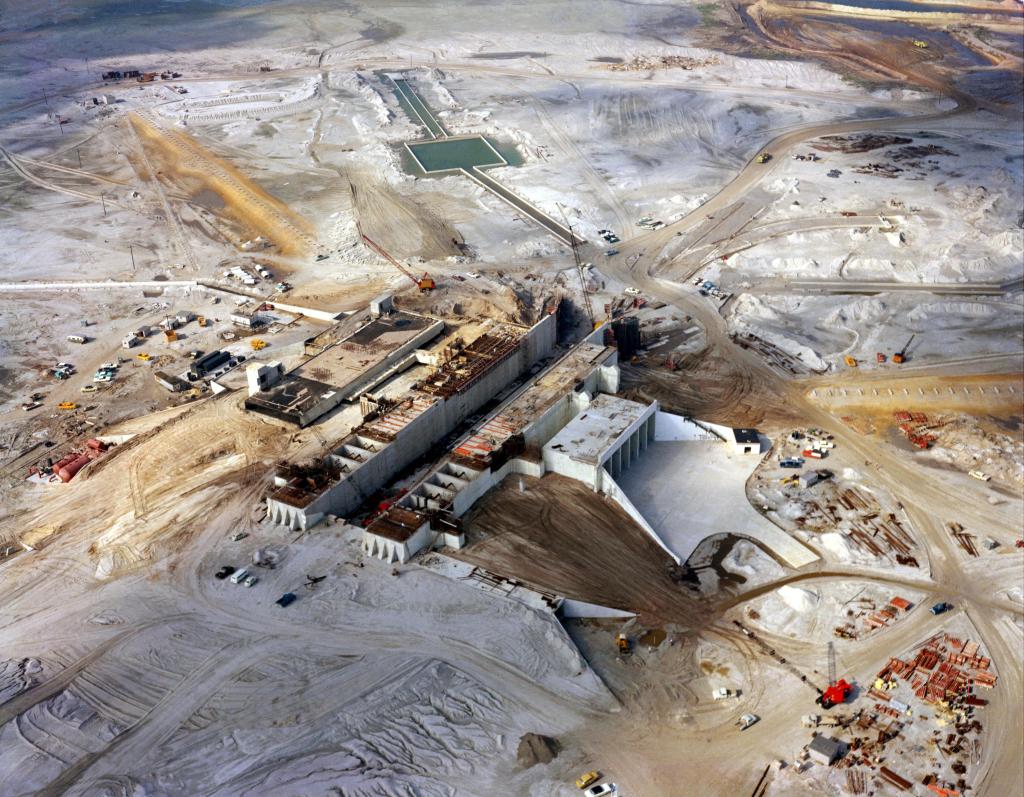
The 1960s: From Dream to Reality in 10 Years
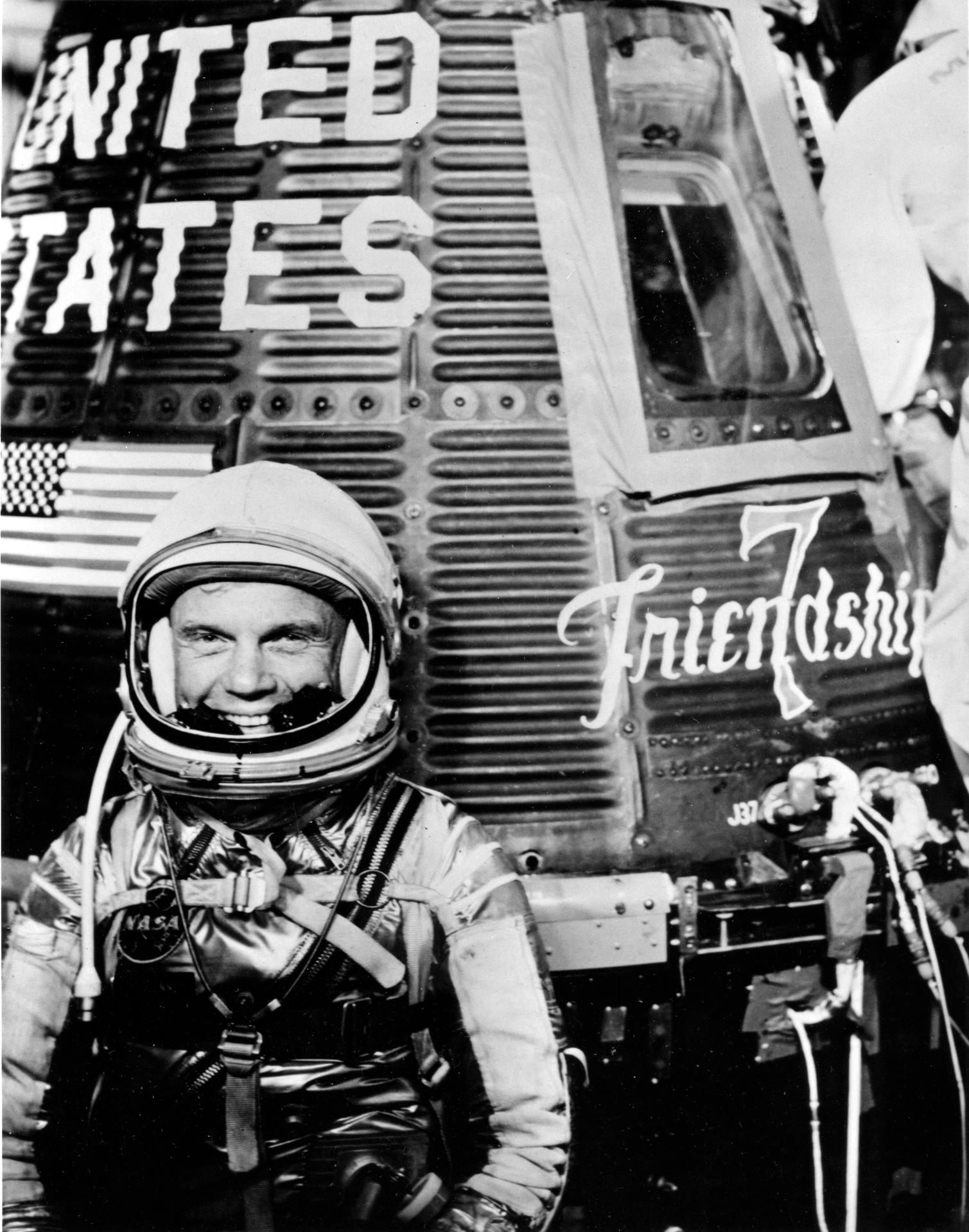
The 1970s: Kennedy Dispatches Probes to Far Reaches as Apollo Ends
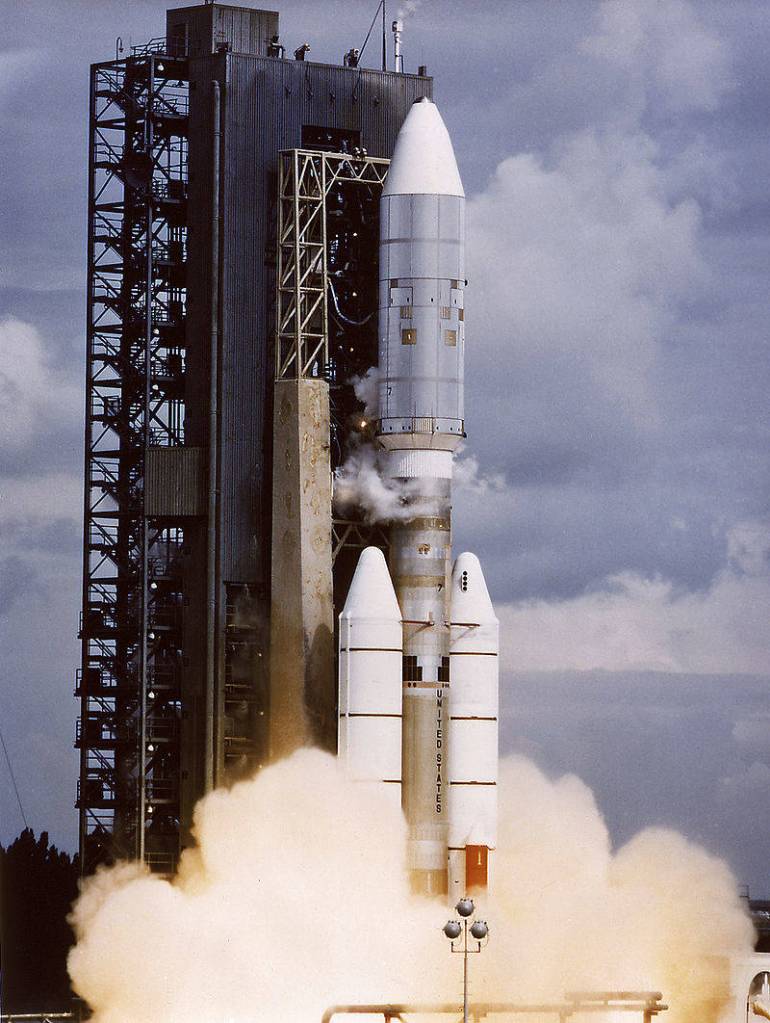
The 1980s: All Eyes Focus on Space Shuttle
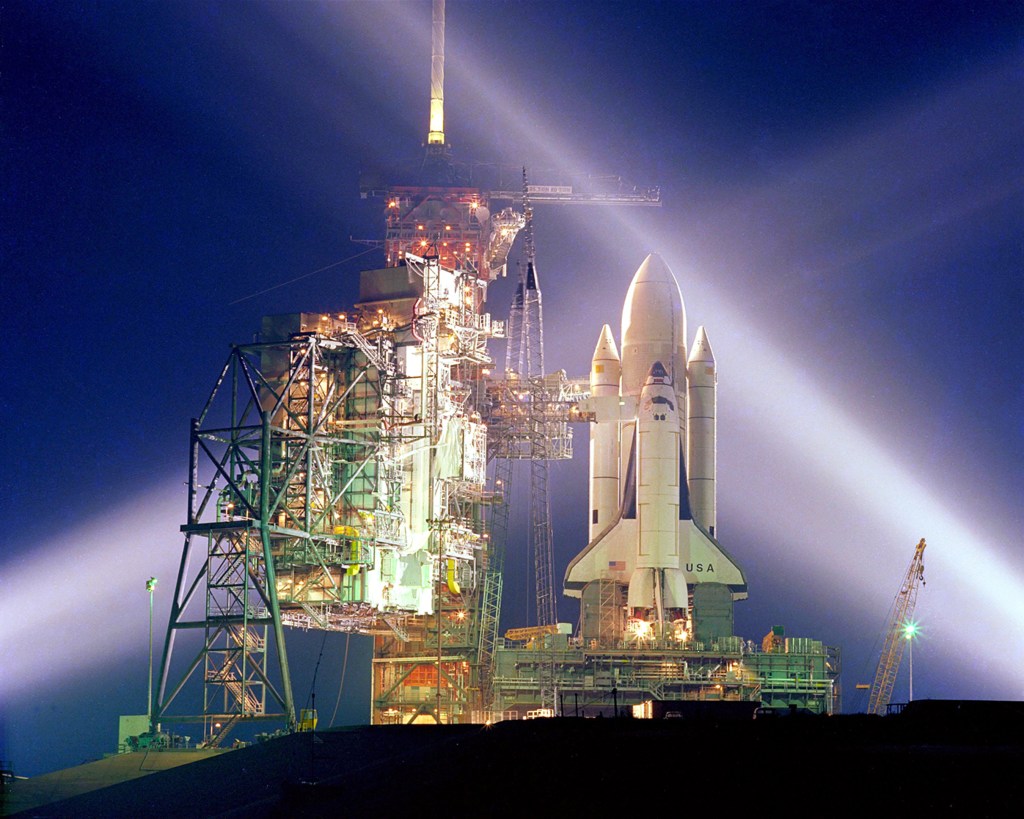
The 1990s: International Flair and Understanding the Solar System
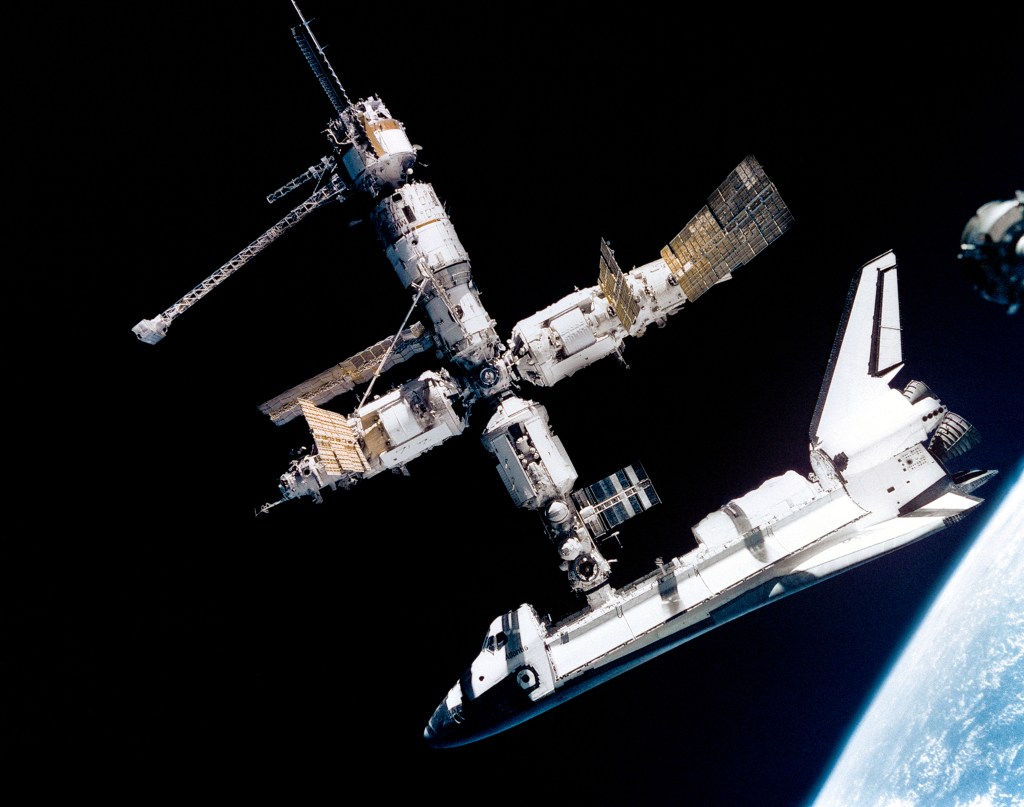
The 2000s: Challenging Goals Reached
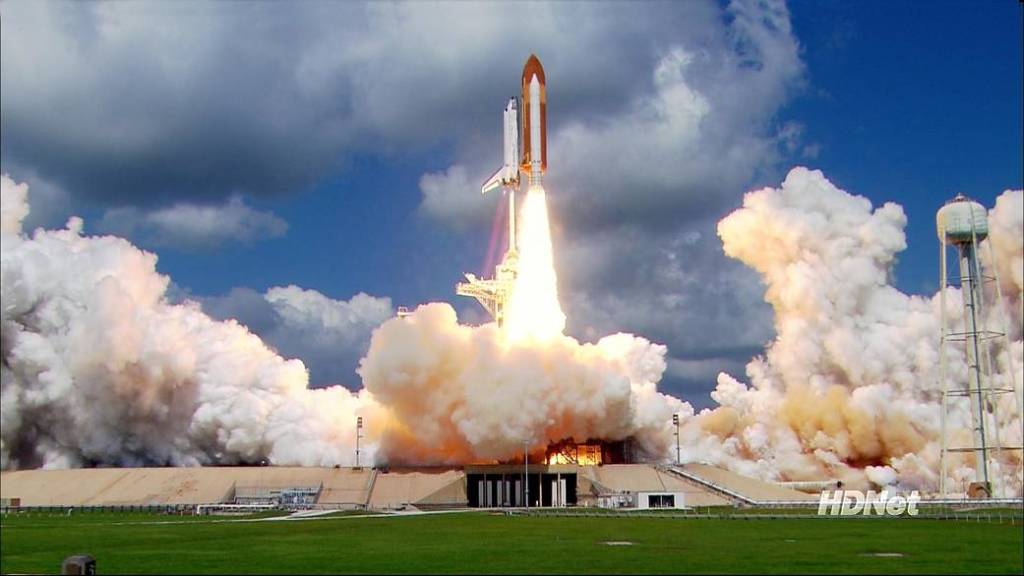
The well thought-out designs of the Cape Canaveral Spaceport have stood the test of time. The story starts with the first basic structures where early NASA program teams were housed on Air Force property at Cape Canaveral. For example, Hangar S, built in the 1950s for the Vanguard program at what is now Cape Canaveral Space Force Station (CCSFS), was used by NASA for Mercury and Gemini and then for its unmanned space program.
In recent years CCSFS and KSC have been jointly referred to as the Cape Canaveral Spaceport. The name reflects a growing partnership between KSC and the 45th Space Wing and a vision for the future of Florida’s Space Coast.
NASA’s John F. Kennedy Space Center has played a pivotal role in NASA’s mission, having been the departure site for the first human journey to the moon; the starting point for hundreds of scientific, commercial, and applications spacecraft; and as the base for Space Shuttle launch and landing operations.

